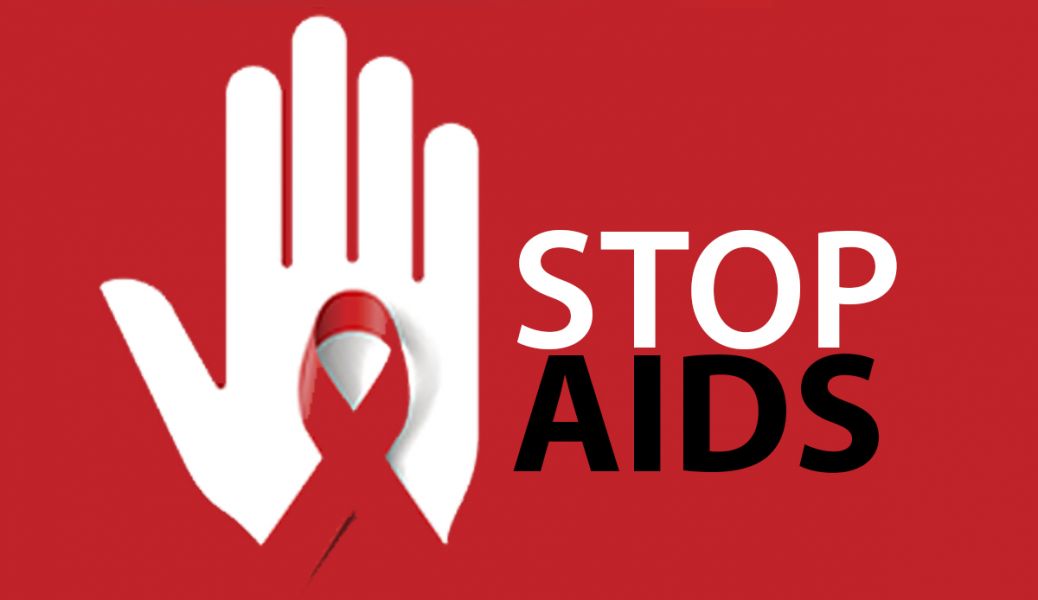This blog is a comprehensive source of knowledge about HIV. You will find in it various articles on treatment, diagnosis, prophylaxis and life with the virus. The blog also contains many personal stories about health problems, prisons and advocacy. I will also encourage patients to continue fighting. http://www.hiv.com/
HIV is transmitted by the following body fluids:
blood
semen
Premie
Tightening liquids
Vaginal fluids
Mother\’s milk
This is possible in several ways:
Unsecured sex with an HIV-infected person. Unsecured sex refers to sexual contact, which does not include the use of condoms or biomedical prophylaxis (i. e., the use of condoms or the prevention of the disease). In addition, the Commission is responsible for the prevention of occupational diseases such as treatment as prophylaxis (TasP), pre-exposure prophylaxis (PEP) or post-exposure prophylaxis (PrEP).
Sharing needles, syringes or other injectable equipment with an HIV-infected person.
Transmission between mother and child. A baby born as a result of HIV infection may become infected with the virus before or during childbirth or by breastfeeding after childbirth.
Transfer in healthcare settings. Healthcare workers with HIV infectious HIV are infected in the workplace, usually after getting stuck in needles or sharp objects containing HIV blood.
Transmission by blood donation or clotting agents. However, this is currently very rare in countries where blood is tested for the presence of HIV antibodies, including the United States.
Common myths on the spread of HIV
If you are not exposed to HIV infection:
They are affected by mosquitoes, other insects or animals.
Eating food by a person infected with HIV, prepared or administered by him/her.
Provide toilets, telephones or clothes to someone who is HIV-positive.
Provide forks, spoons, spoons, spoons, knives or glasses to people with HIV.
Touching, hugging or kissing an HIV-infected person.
Go to school, church, restaurant, shopping malls or other public places where people living with HIV live.
HIV is not transmitted by saliva, urine, faeces, vomiting or sweat.



